Frequently asked questions
Company News
- Fluorocarbon aluminum veneer: the fashionable choice for modern architecture?
- Punched aluminum veneer: a new favorite that combines fashion and practicality
- Customize aluminum veneer to make your space look brand new!
- New Favorite of Aluminum Plates - The Fashion Evolution of Punched Aluminum Veneers
- Customized aluminum veneer to create your own aesthetic space
Industry dynamics
- Fluorocarbon aluminum veneer: the "fashionable coat" of modern architecture
- Personalized customization! Punched hollow aluminum veneer meets your building needs
- Aluminum veneer punching, a space magician with infinite creativity
- Common Misconceptions in Aluminum Veneer Customization
- Fluorocarbon aluminum veneer: an innovator in architectural aesthetics?
Frequently asked questions
- What are the advantages of aluminum veneer compared to other building materials in modern architecture?
- What is the sound absorption effect of aluminum veneer?
- Can the insulation function of aluminum veneer reduce the energy consumption of buildings?
- What is the antioxidant performance of aluminum veneer?
- Is there any restriction on the size customization of aluminum veneer?
contact us
Mobile:+86 15627778610
Email: 2201229786@qq.com
Address: No. 5 Binjiang Road, High tech Zone, Zhaoqing City, Guangdong Province
What is the antioxidant performance of aluminum veneer?
- Author: Jinba Aluminum Industry (Guangdong) Co., Ltd
- Release time: 2022-03-13 17:27:20
- Click:0

Aluminum veneerWhat is the antioxidant performance of?
With the continuous development of modern building technology, aluminum veneer, as a new type of building material, has been widely used in fields such as building curtain walls and ceilings. However, due to prolonged exposure to outdoor environments, aluminum veneers are susceptible to oxidation, which can affect their service life and aesthetics. This article will elaborate on the antioxidant properties of aluminum veneer from four aspects.
1、 Anti oxidation material for aluminum veneer
The antioxidant performance of aluminum veneer mainly depends on the antioxidant materials used. The common antioxidant materials on the market currently include fluorocarbon paint, polyester paint, and alumina. Among them, fluorocarbon paint is currently the most widely used antioxidant material, which has the advantages of good weather resistance, stable color, and high glossiness, and can effectively protect the surface of aluminum veneer from oxidation damage. Polyester paint has the advantages of low cost and easy construction, but its weather resistance is poor and it is prone to fading and peeling. Aluminum oxide can protect aluminum veneers from oxidation damage by forming a dense oxide film on the surface, but its protective ability is weak and its applicability is narrow.
2、 Surface treatment technology for aluminum veneer
In addition to using antioxidant materials, the surface treatment technology of aluminum veneer also has a significant impact on its antioxidant performance. The common surface treatment technologies on the market currently include anodizing, electrophoretic coating, and spray coating. Among them, anodizing is a technique that oxidizes the surface of aluminum veneer into a dense oxide film, which can effectively improve the corrosion resistance and wear resistance of aluminum veneer. Electrophoretic coating is the process of immersing an aluminum veneer into an electrophoretic coating, using the electrophoretic effect to evenly deposit the coating on the surface of the aluminum veneer, thereby forming a uniform coating layer. Spraying is the process of applying paint onto the surface of aluminum veneer to form a uniform coating. These surface treatment techniques can effectively improve the oxidation resistance of aluminum veneer and extend its service life.
3、 Thickness and hardness of aluminum veneer
The thickness and hardness of aluminum veneer also have a significant impact on its oxidation resistance. In general, the thicker and harder the aluminum veneer, the stronger its oxidation resistance. This is because aluminum veneers with higher thickness and hardness can better resist external environmental erosion, thereby extending their service life. In addition, the thickness and hardness of aluminum veneer also affect its surface treatment process and the selection of antioxidant materials. Therefore, when choosing aluminum veneer, it is necessary to comprehensively consider the specific usage environment and requirements.
4、 Installation and maintenance of aluminum veneer
In addition to the above aspects, the installation and maintenance of aluminum veneer also have a significant impact on its antioxidant performance. During the installation process, attention should be paid to avoiding scratching the surface of the aluminum veneer, using improper interface materials and sealants, etc., in order to avoid introducing air and moisture and accelerating the oxidation process of the aluminum veneer. During the maintenance process, it is necessary to regularly clean and maintain the aluminum veneer to avoid prolonged exposure to pollutants and humid environments, which may affect its antioxidant performance.
Summary:
In summary, the antioxidant performance of aluminum veneer is influenced by various factors, including antioxidant materials, surface treatment techniques, thickness and hardness, as well as installation and maintenance. In order to ensure the long-term service life and aesthetics of aluminum veneer, it is necessary to comprehensively consider these factors when selecting aluminum veneer and take corresponding measures for protection and maintenance.

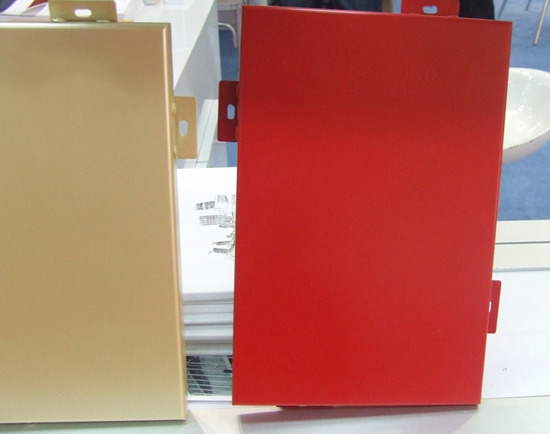
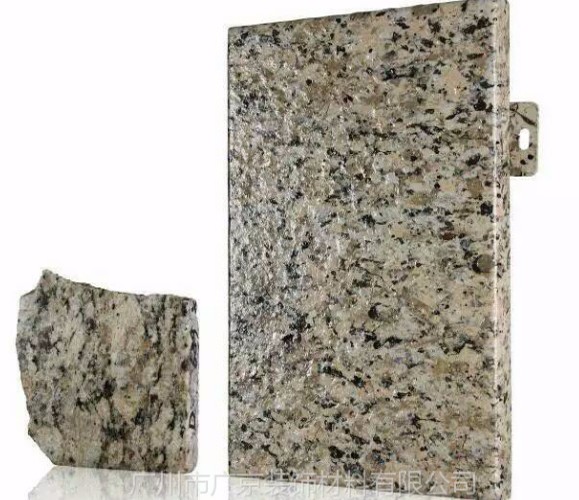
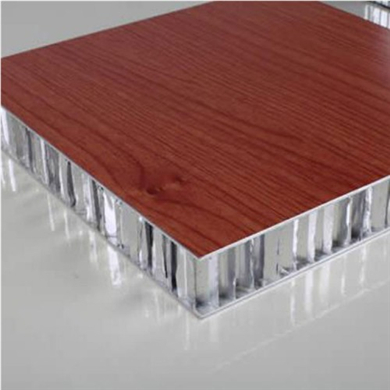
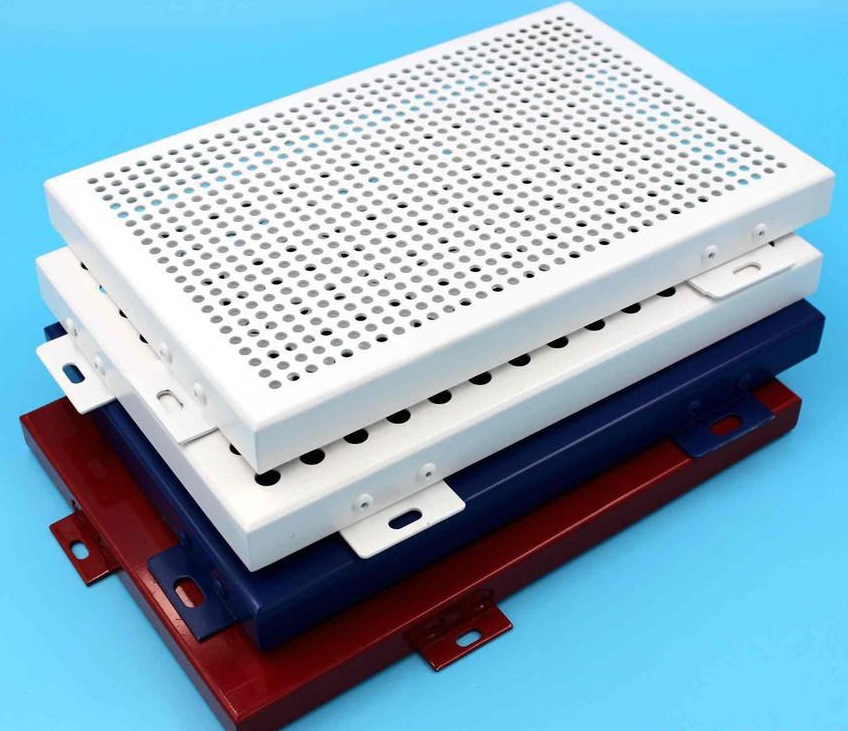
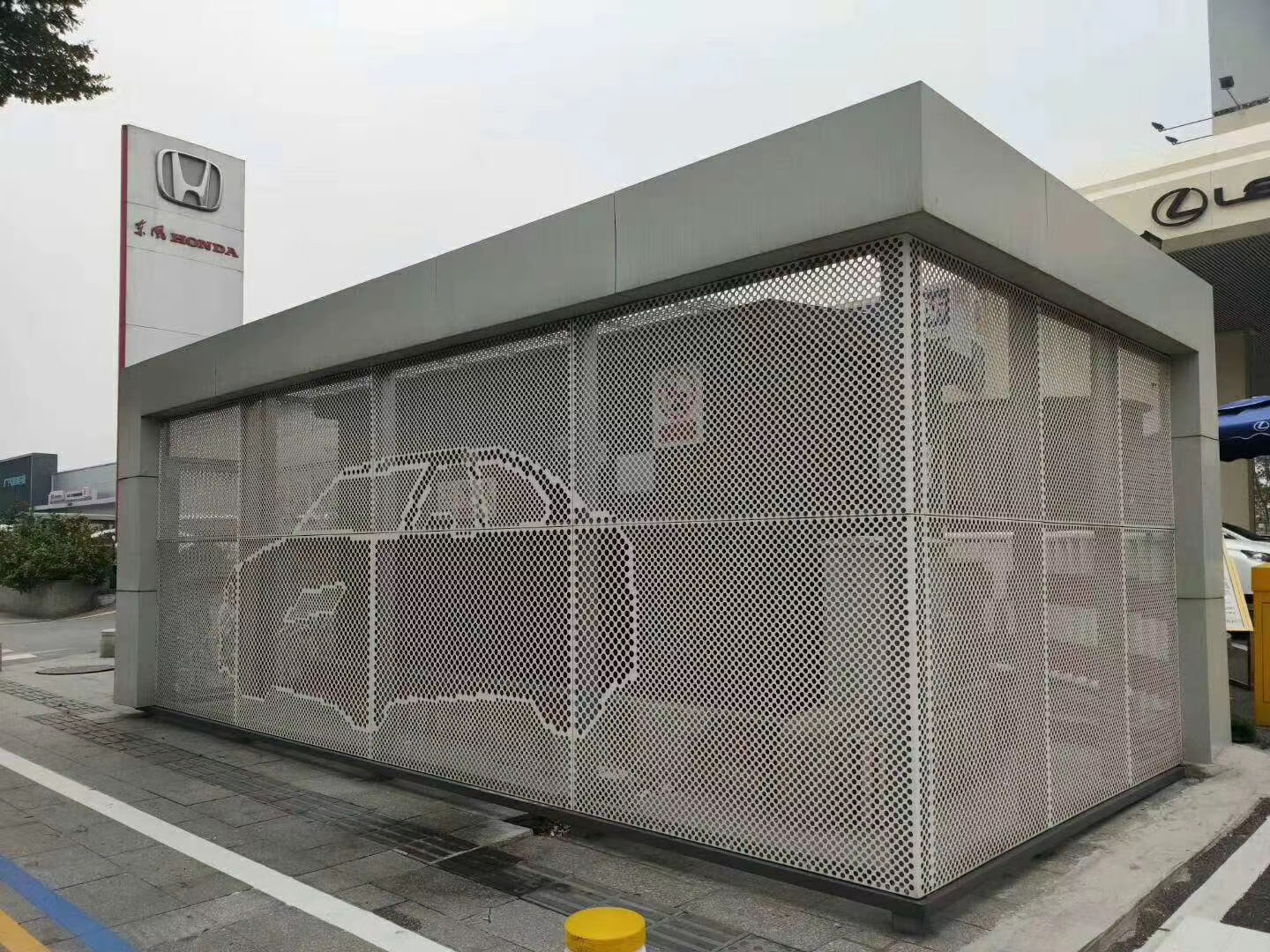
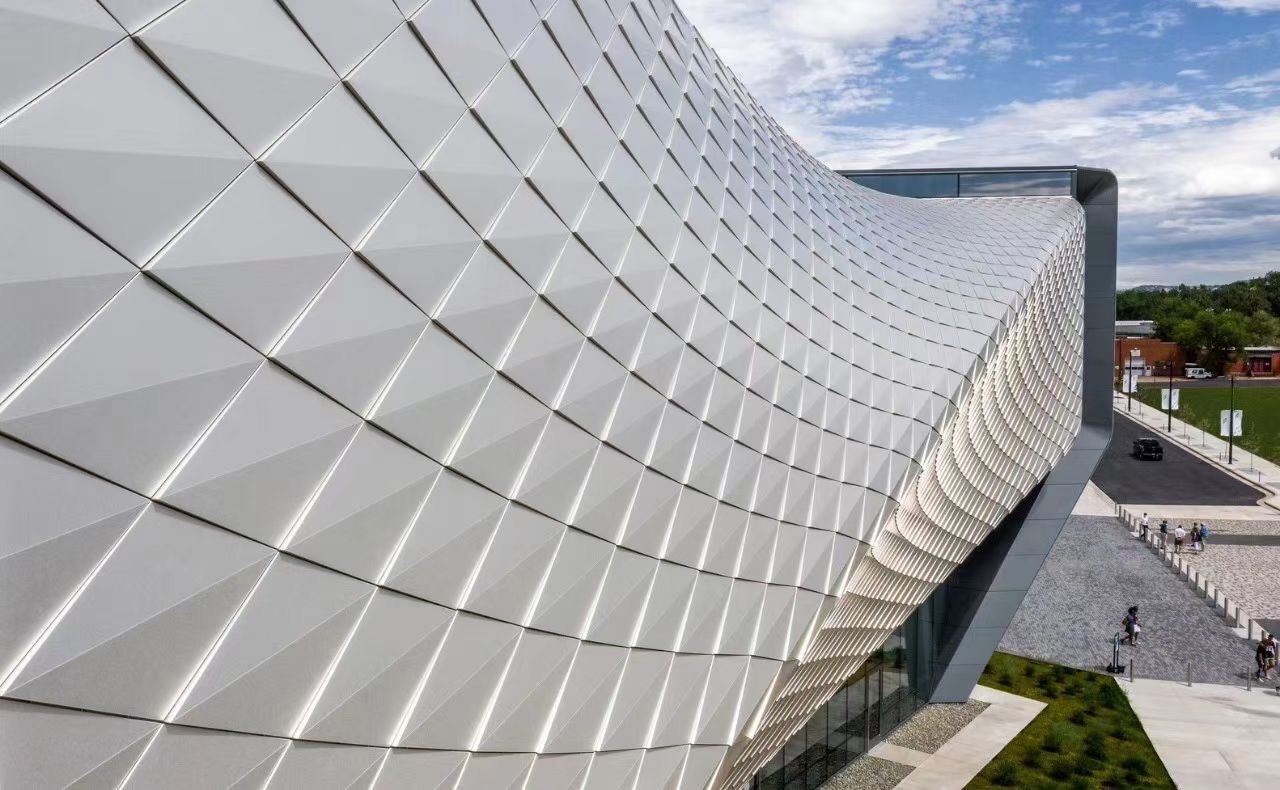
 Customer service QQ
Customer service QQ